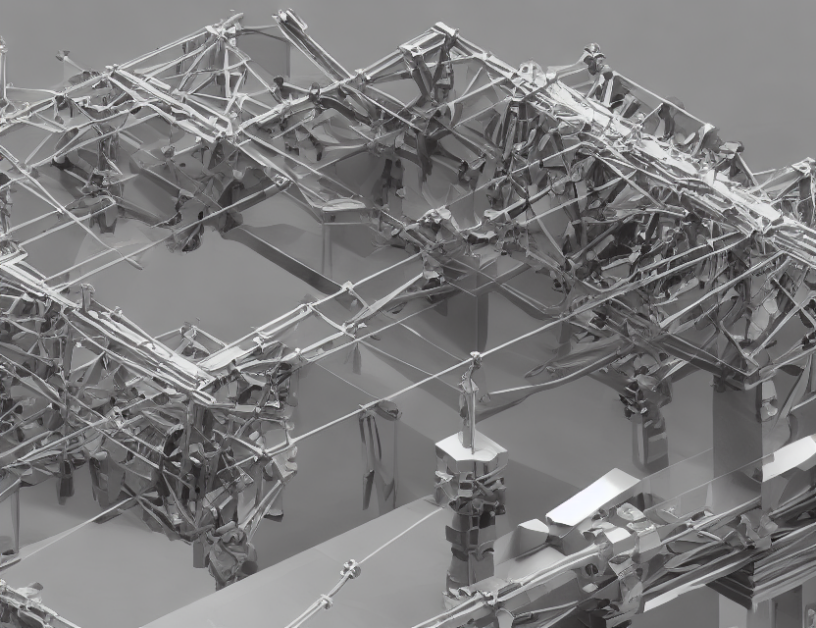In this article, we propose a novel approach to integrating mechanical systems subject to constraints. Our method, called structure-preserving discretization, conserves important information about the system’s dynamics, such as its energy and momentum. This allows us to accurately model complex systems while avoiding common pitfalls in numerical integration.
To understand why conservation of certain quantities is important, imagine a car driving on a winding road. If we want to know how fast the car is going at any given point along the way, we need to take into account both its position and velocity. Similarly, when modeling mechanical systems with constraints, we must consider not just their motion but also their energy and momentum.
Our approach is based on a direct discretization of the Euler-Lagrange equations that arise from constrained Livens principle. We introduce discrete derivatives, which are similar to the way we count steps when walking or running. These derivatives allow us to preserve important information about the system’s dynamics as we discretize it.
We demonstrate the effectiveness of our method by applying it to several examples, including a simple harmonic oscillator and a more complex system with multiple degrees of freedom. In each case, we show that our method produces accurate results while preserving crucial information about the system’s behavior.
In summary, this article presents a novel approach to integrating mechanical systems subject to constraints. By carefully discretizing the system’s equations of motion, we can conserve important quantities such as energy and momentum. This allows us to accurately model complex systems while avoiding common pitfalls in numerical integration. Our method has broad applications in physics, engineering, and other fields where mechanical systems play a central role.
Computational Engineering, Finance, and Science, Computer Science
Structure-Preserving Integrators for Constrained Mechanical Systems: A Novel Approach



